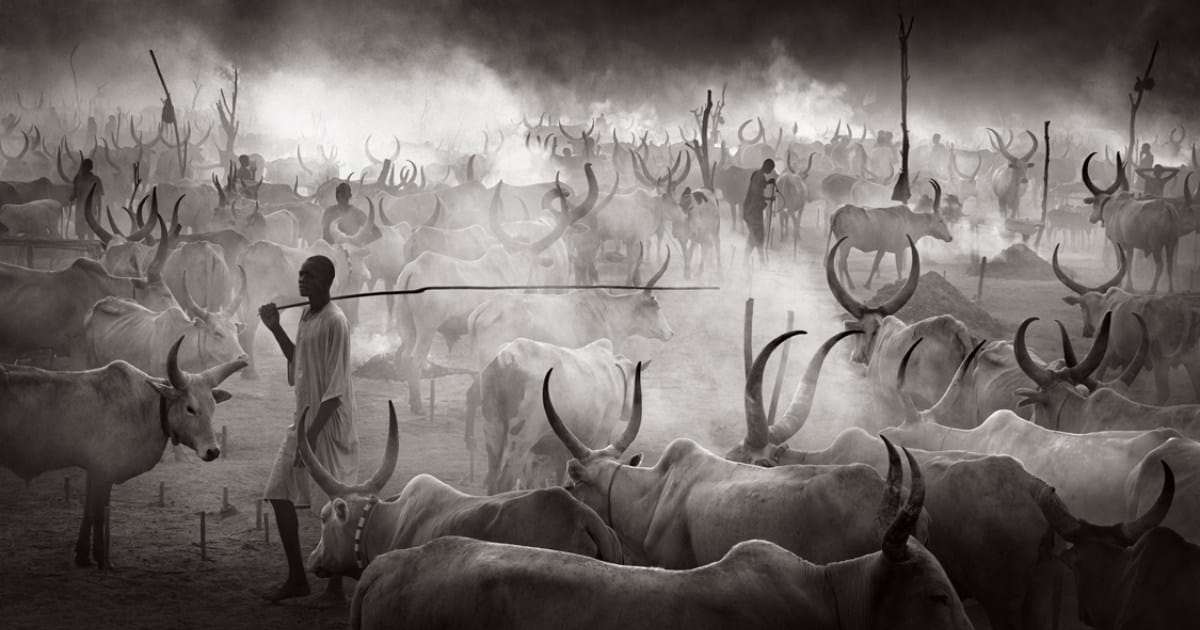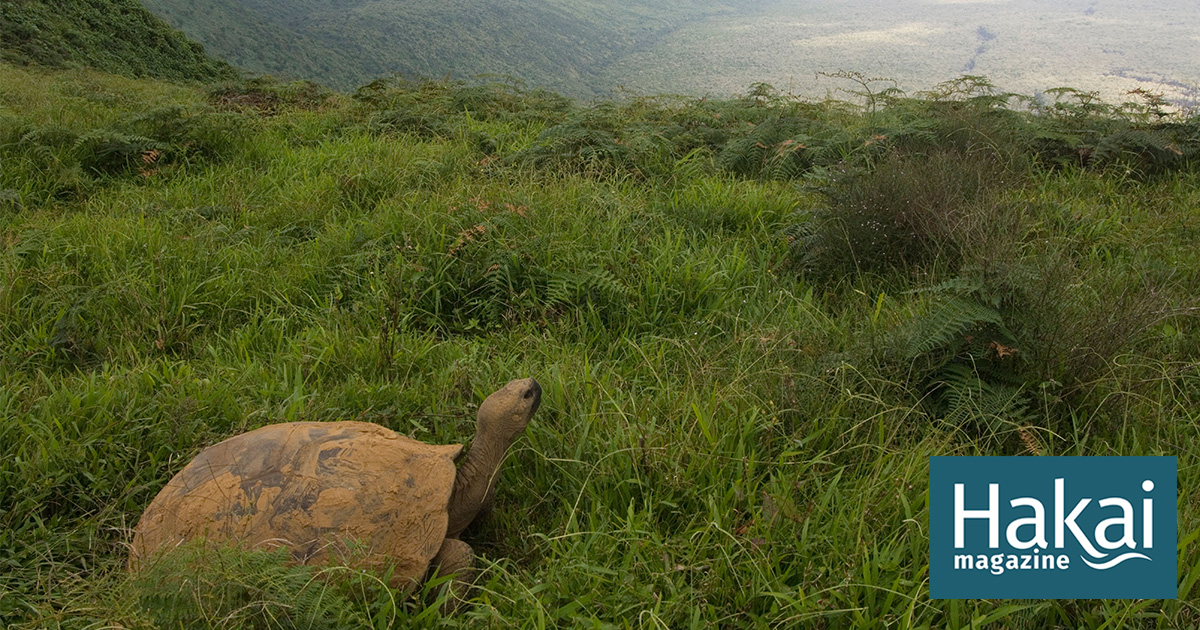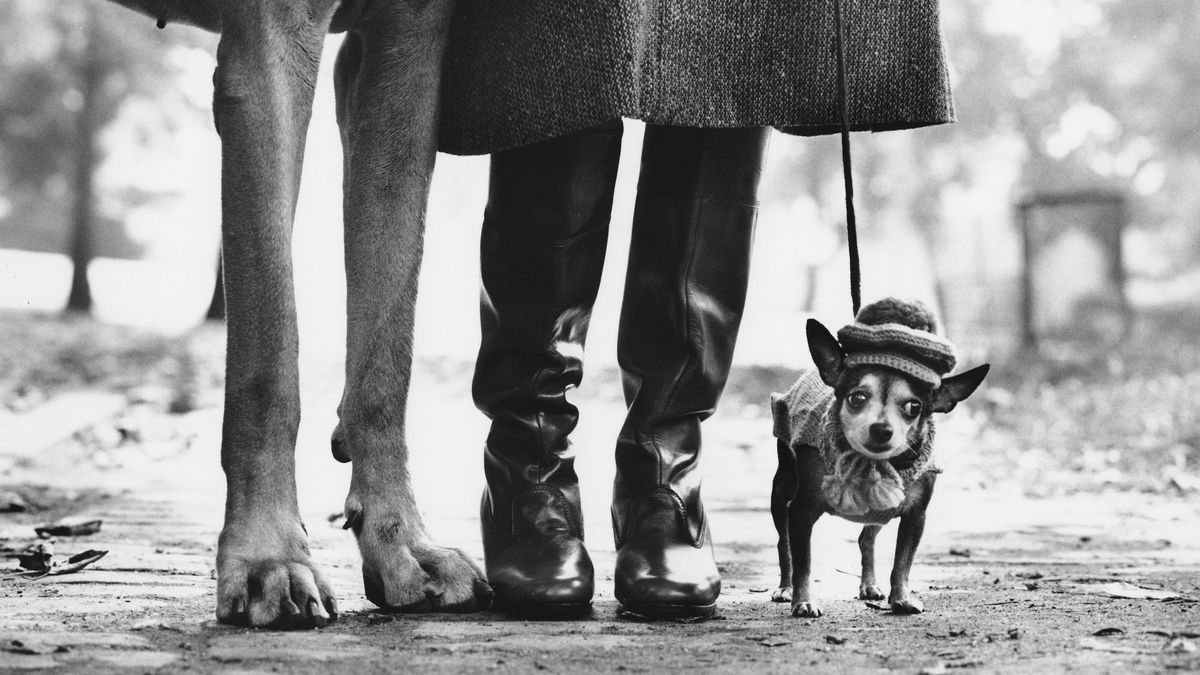- Breathing Light
- Posts
- Breathing Light Issue #76
Breathing Light Issue #76
On following the light back home

In this Issue
1. Taku Mahi Toi o Te wiki-My Artwork of the Week
2. Korero Timatanga-Frontispiece
3. Photographer's Corner-Letter to Karen: Seeing the Light
4. Waiata mou te Ata-Poem for the day
5. Nine or Ten Fevered Mind Links (to make your Sunday morning coffee go cold)
6. Koorero Whakamutunga-Endpapers
My Artwork of the Week
Taku Mahi Toi o Te Wiki

Maniototo at sunset, towards Tititea Mt. Aspiring, 2011 | Fujifilm X-T1, XF 56/1.2R,
“Even after all this time, the sun never says to the earth, 'You owe me.' Look what happens with a love like that. It lights the whole sky.”
There is something to be said for standing on the edge of the world, at the beginning or close of the day, feeling the world rolling away to the east and in the opposite direction to the sun.
There is something to be said for being present to a simple passing moment in time and becoming one with it. One of the great joys of being a photographer is documenting that moment, taking it from inside your mind and heart and creating a memory to be shared with others.
We all have favourite times, and we all have favourite places that vibrate in tune with the energy beings we are.
I was born and raised in the Maniototo region of Central Otago, a place small on the map and yet enormous in reality. The Maniototo sits under the arcing dome of a vast, timeless sky. However, you do not realise how huge it is until you get above it, stand on a hillside and wander the extended finger of your mind through its wonder.
The abrupt Hawkdun Mountains behind it dwarf the mountain of little Mount Ida. There is great joy in following the steep road up to the summit late on a Sunday afternoon, parking the car and wandering beneath the girders of the radio transmission tower on its summit.
Every place has its unique light, and the more time you spend in an area, the more you will come to understand its subtleties and nuances. It is like human relationships; initially, you see the obvious, but getting to know someone and learning their moods and personality takes time.
I never really understood the quality of Central Otago light until I moved back there in 2006 and studied the work of the iconic photorealistic painter Grahame Sydney. Grahame’s work appears to show a photographic representation of the area. Yet, once you examine it carefully, you realise it is an impression, an interpretation, masquerading as reality.
Yet his skies are authentic, intensely seen moments when the light and spare simplicity of the place combine to create a unique offering.
One afternoon, late one afternoon, the air was holding its breath in a long, drawn-out yawn as the day drew to a close.
On the top of Little Mount Ida, I watched the blue and yellow of the amazing graduated sky lifting above the mountains to the West. I reached for the map in my head and realised that the tiny mountain I saw was the famous Mount Aspiring away in the distance. My eyes followed over the blue ridgelines and deep-shadowed valleys until it came to rest on this mountain to the West.
And, all the time, While I worked, making quick canvas notes with my camera, alone with my camera and tripod, The earth was rolling away to the east, and the darkness was gently descending, drawing down the quilt of the night.
Sometimes, the truth of a place is best found by looking at it out of the corner of one’s eye rather than staring directly at it.
I see this image as massive, perhaps 40” x 60” (or even larger), printed on Canvas.
Edition of 1 only
$NZ 4,500 (canvas mounted).

Frontispiece
Koorero Timatanga

Road sign, Maniototo,2012 | Fujifilm X-Pro1, XF 35/1.4
“Every day we should hear at least one little song, read one good poem, see one exquisite picture, and, if possible, speak a few sensible words.”
Atamaarie e te whaanau:
Good morning, everybody,
I am embarrassed.
I knew that sooner or later, this would happen. After 74 issues, it becomes difficult to remember what I have shared and talked about. And, sure enough, of late, I have begun to wonder what I have said before, and I began to worry that I will repeat myself.
And it finally happened. My artwork from last week is the same as the one I used in issue 68. The wonder is that all of you were too polite to say anything and point out my error.
I do have a defence. After successfully avoiding it through various lockdowns, on my trip back to the south through the long tunnel of air travel, my luck ran out, and THAT virus finally found me. Getting the last two issues out has been something of an arm wrestle, primarily because of trying to push through brain fog.
However, after two to three weeks, I am coming out the other side. How do I know that? Because my words are back, dancing like moths under a streetlamp, showing me this and that and asking me to turn them into patterns and shapes. Occasionally, the wind comes along and creates puddles of intuition, association and meaning and asks me to craft the wonder of its message into something to be shared.
Yesterday morning, I went outside with my cup of herbal tea, sat on the chair on my patio and soaked up the sun while the wind drew shapes in the air with the branches in my cherry tree and the morning sun punched light holes in the mosaic of shadow beneath its branches.
Sometimes, the simple things are enough, actually more than enough.
Photographer's Corner
Letters to My Friends
Letter to Karen:
Seeing the light

Hut, Kyeburn, Maniototo, Central Otago, 2011 | Sony SLT A-55, DT-16-80/23.5-4.5
“People are like stained-glass windows. They sparkle and shine when the sun is out, but when the darkness sets in, their true beauty is revealed only if there is a light from within.”
Letters to My Friends
Letter to Karen:
Seeing the Light
Is not the word mastery so full of hope and achievement? So often, in whatever we do, we look to attain a mythical state called mastery. When we achieve supposed mastery, we will have a sense of reaching the summit of the mountain we have been climbing. Beginner martial artists often look up to the black belts in awe because that is the top of the mountain from their perspective. It is only when they reach the same skill level that they realise they have arrived at the beginning. The journey has only begun.
We may visualise our journey as climbing a mountain. Mountains have peaks and summits; the only way is down once the peak has been reached. I wonder what people who climb Mount Everest must feel afterwards when it dawns on them there is nothing higher to climb. Do they retire and take up golf?
Perhaps a better, and in many ways, more hopeful way is to see our journey as following a mountain ridge line that goes ever upwards with no summit in sight.
There is always more to be learned.
There is no mastery, only new levels of understanding.
Dear Karen:
My goodness! Of late, your pictures have really improved, in no small part due to your passion for the medium and your absolute commitment to becoming better at it. It is probably worth pointing out at this point Henri Cartier Bresson‘s quote that:
“Your first 10,000 photographs are your worst.”
So many of us seem impatient to go from zero to hero as quickly as possible, preferably within a few short attempts. However, we all make errors and flawed works, which is part of moving further along the road. We should not berate ourselves for not winning awards (if that is what we truly want) within six months of acquiring a camera. Your journey with photography, should you stay the course, is less like climbing a mountain and more like following a ridgeline ever upwards. There are only false summits which, when we reach them, turn out to be achievement points. Only when we reach them does the next level come into view.
There are plenty of ridgelines to follow on our photographic journey. Initially, it is about “mastering” our tools and techniques, and if we achieve early success, we may feel we have climbed the mountain. Getting a handle on depth-of-field or other parts of the exposure triangle may make us think we have sorted our stuff and can rest on our laurels. Nothing could be further from the truth. There is never absolute mastery because mastery is a false concept that does not exist. There are only ever levels of achievement.
However, I digress. Of all the aspects of photography that we are attempting to master, control and integrate, there is one thing whose summit you will never stand on because there is no summit. There is no mastery. There can never be.
Light.
The word “photography” supposedly means writing with light. Ah, there it is. Light.
Is it not interesting that we often overlook the one thing fundamental to our art and craft? Understanding light is the most significant journey we will ever make in and with our medium. And yet, we often overlook it and take it for granted that we will understand light.
Nothing could be further from the truth. Understanding (the) light is the most incredible journey we will ever make. Remember the pictures you would show me of your beloved beach and the passion and excitement you felt at sharing sunrise photographs of your beloved Auckland beach, the sun rising above Rangitoto and how it skimmed across the sand flats at that time of day. The light drew you to get out of bed in the dark and be there to watch it happen. The light drew you to make photographs and keep going with your photography. You have shown me pictures of all the other people who came down to the water’s edge at that time of day: the runners, the dog walkers, the people who came to do Tai Chi. They are there to experience the light in their way. Experiencing light is the common thread that all of those activities have.
However, it is easy to assume you have it sorted and that you understand light.
Nothing could be further from the truth. When you think you understand, you do not. Your journey is only beginning.
However, enough of my philosophising.
Here are some subheadings and practical exercises you can do based on my four-decade journey as a student of light and Light. They are simply that: subheadings. I have sketched in a few paragraphs in that time, and I would love to share some of these with you.
Light supposedly travels in straight lines, although it can be bent, distorted and reflected.
When you have time, go down to the CBD and wander around with the camera in your mind. By all means, take your camera with you, but see this as a way to make mind notes for your visual journal. Wander among the mirror glass canyons at different times of the day (and night), and watch how the light source (the sun) is bent, shaped and reflected. Extend your arm and point your index finger towards the light source. Now follow an imaginary beam of light as it strikes the building, and still using your finger, trace its path as it bounces from window to window and makes its way down into the street. Notice how it creates reflections, bright areas and shadows (not-light). Follow its journey until there is no journey to follow. I might add that standing there pointing with your finger will probably get you strange looks from passers-by! Do not worry about that, because they are not seeing what you are.
Learn about shadow. Shadow has its own properties. Shadow is where the light source has been obstructed. Do the shadows have hard edges or no edges, or are they soft and spreading? Sharp edges are from a point light source, while soft shadows are from a wider and more diffuse one. Notice how the light reflects from and along surfaces. Light skimming a surface creates pockets of “sharpness” and contrast. We call that texture.
Build up a mental visual file of light at different times of the day and other times of the year and understand what that means. Remember that some of the best light photographically is often from a source off to one side. Studio portrait photographers who work with artificial light sources that are easily modified know this. However, their situation is controlled. Landscape photographers need to learn about the light in a particular area. Just how is the light in spring, summer, autumn or winter? How does the light differ at different times of the day during those seasons? What part do clouds play in modifying the light? Every area has its unique cloudscapes.
One day my mentor Dick Poole took me on a drive to some local Botanic Gardens. I had learned a lot about studio portraiture lighting from him. We walked through to a clearing, and he stopped.
“Look,” he said as he pointed. “There is your main light; that hole in the trees creates the fill light, and that hole in the canopy provides your backlight.”
I never saw the light in a landscape in the same way again.
There are ways you can improve or perhaps accelerate your understanding. When you arrive at a scene, look for the light source. Is it hard, soft or diffuse? Where is the light source, and what would be the best time of day to honour the place? What is the light source? Is it natural (the sun) or artificial? Or a combination of both? Each light source will bring its quality, character and flavour to the scene.
Next time you are downtown having a coffee or in a bar, drinking a glass of absinthe, study the light mentally and follow it from its source to its final resting place.
On mornings here, I often sit with my first coffee and wait for the sun to rise. I stare across the room into my kitchen and wait for that moment when the sun climbs above the roof of the house next door and, like Kilroy, peers over the fence into the corner above my bench oven. I wait with anticipation, watching as the no-shadows begin to harden and the increasing light bounces around, filling my shelf with warm, sometimes soft light and shadows that perfectly complement it.
Doing this consistently, which should be joyous, will develop your awareness and begin to see it instinctively.
And then your picture-making will take a jump forward.
Remember this:
A photographer is always photographing, whether they have a camera or not.
Waiata Mou Te Ata-Poem For the Day

Observatory, Mt. John, Takapo 2006 | Canon 1Ds Mk II, EF 16-35/2.8L
“One merit of poetry few persons will deny: it says more and in fewer words than prose.”
Tapestry of the Dark song
The ticktock needlefingered clock of the night
is sewing swaying swatches of smooth, silken blackness
into a dreamwoven tapestry of luminous glowing darkness
alive,
breathing
palpitating, vibrant
and yet
separate.
Its seamstress hands stitch needlework
minutes and hours
into a moonthimbled rhythm rhyme
of quilted time,
to be
gently unpicked in parts
by the dissolving dew of
a yellowfingered dawn.

Nine or Ten Fevered Mind Links (to make your Sunday morning coffee go cold)
EndPapers
Koorero Whakamutunga

Wind structures, White Sands, Maniototo | Sony A900, 70-400/f4-5.6G
“Yield to temptation. It may not pass your way again.”
The party has begun. It is early morning here in Te Ana-au. The first morning birds are up and about, triumphantly announcing they are here and the day has started. Away to the West, a warm front is clawing its way over the sharp-edged Te Puhi-a Noa mountains, huffing and puffing and trying to blow the houses down. As it wanders through my front yard, it dips the pen quill branches in shadow and doodles spiny patterns in the air.
Ka whiti te raa.
It is day.
There is a lot to be said for dawn and sunrise because dawn and sunrise announce a new day, new possibilities and new journeys. Perhaps opportunities. And hope.
Where there is life, there is hope.
I know your day is drawing to a close for some of you, dear and treasured readers. You will be reflecting upon the day passed and past. For others, we will be remembering forward, looking at what is to come.
And what may come.
Wherever you are, may your day be filled with hope, possibility and joy.
We all share one thing in common. We are all travellers on the glorious blue planet spinning in space. And is that not the most extraordinary journey?
As always, walk gently upon our Mother and be kind to each other.
He mihi arohaa nunui ki a koutou katoa
Much love to you all,
Tony/Te Kupenga.











:max_bytes(150000):strip_icc()/3428959-1b1bd7a938fc4b3e81bf8a22a0f322cf.jpg)



Reply